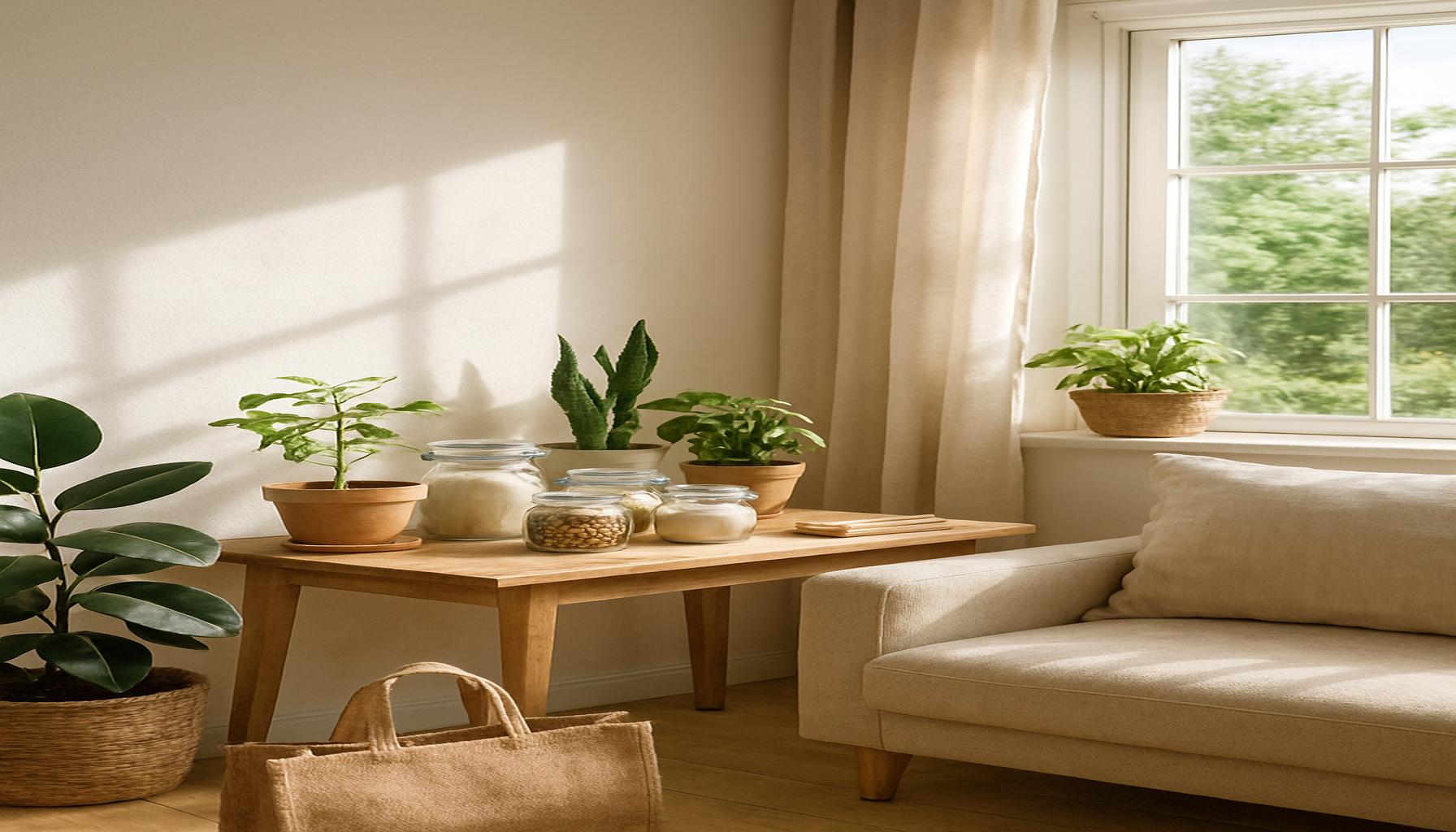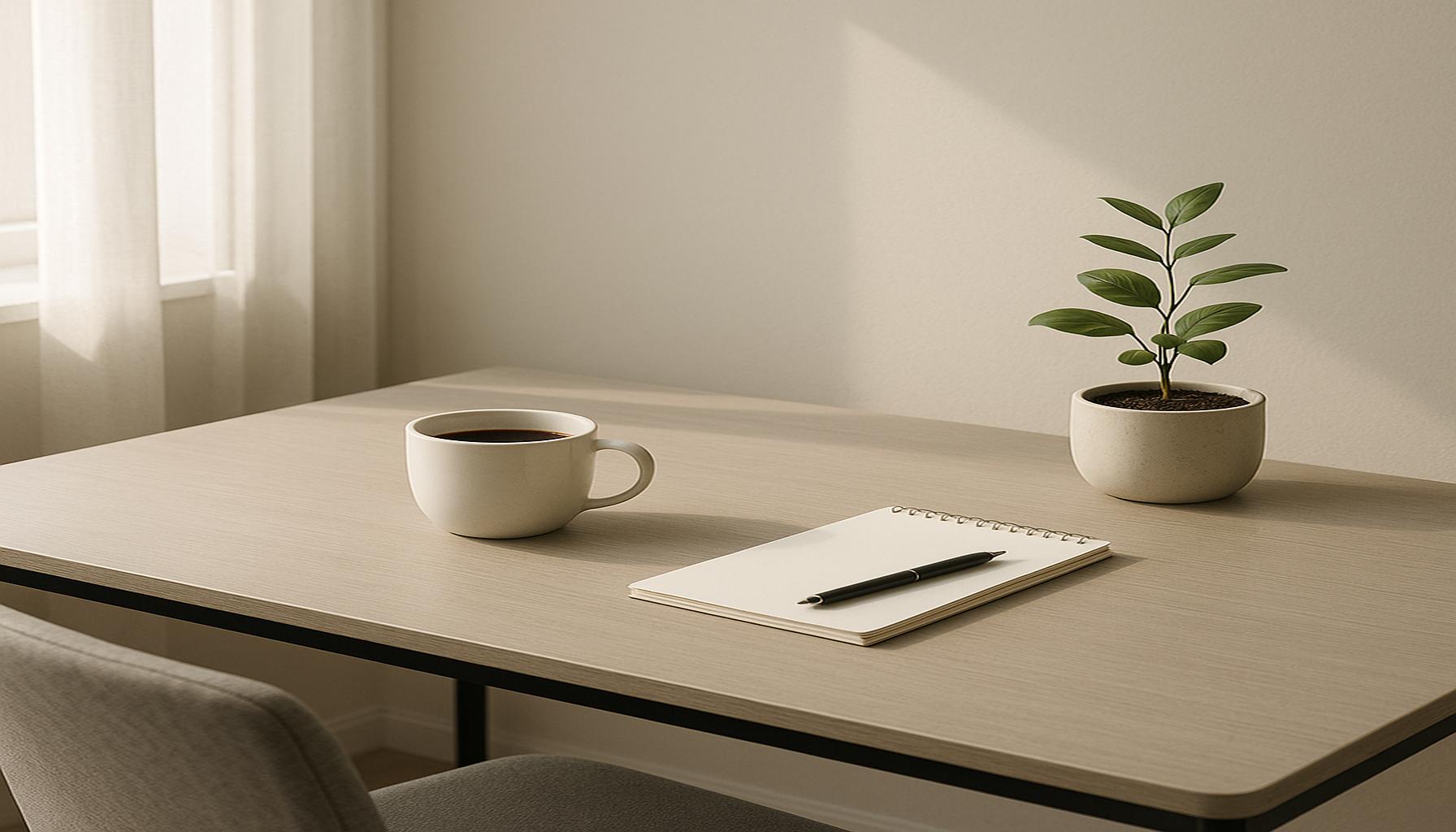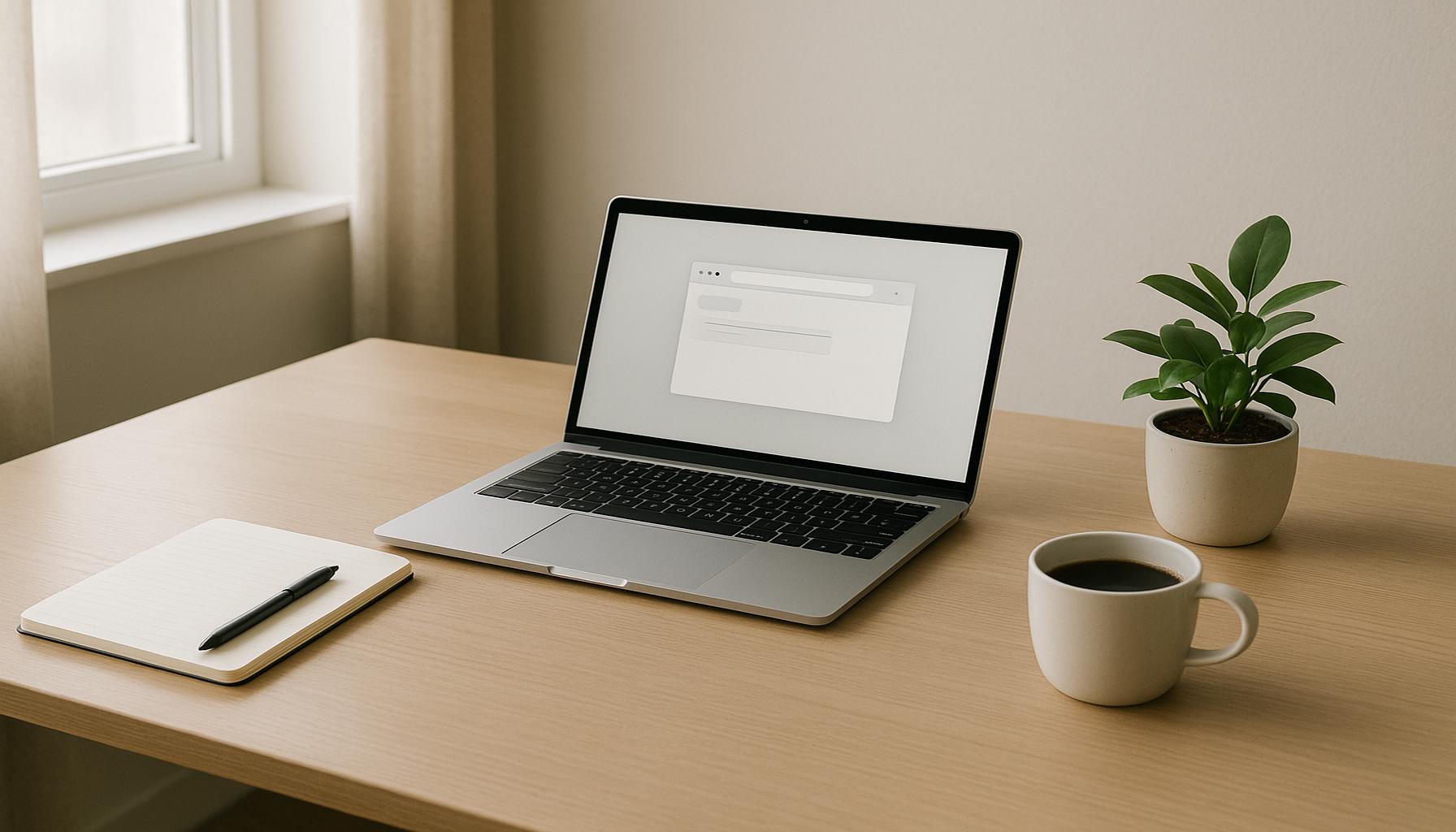Clarity in Organization: Minimalist Strategies for Creating Functional and Pleasant Spaces
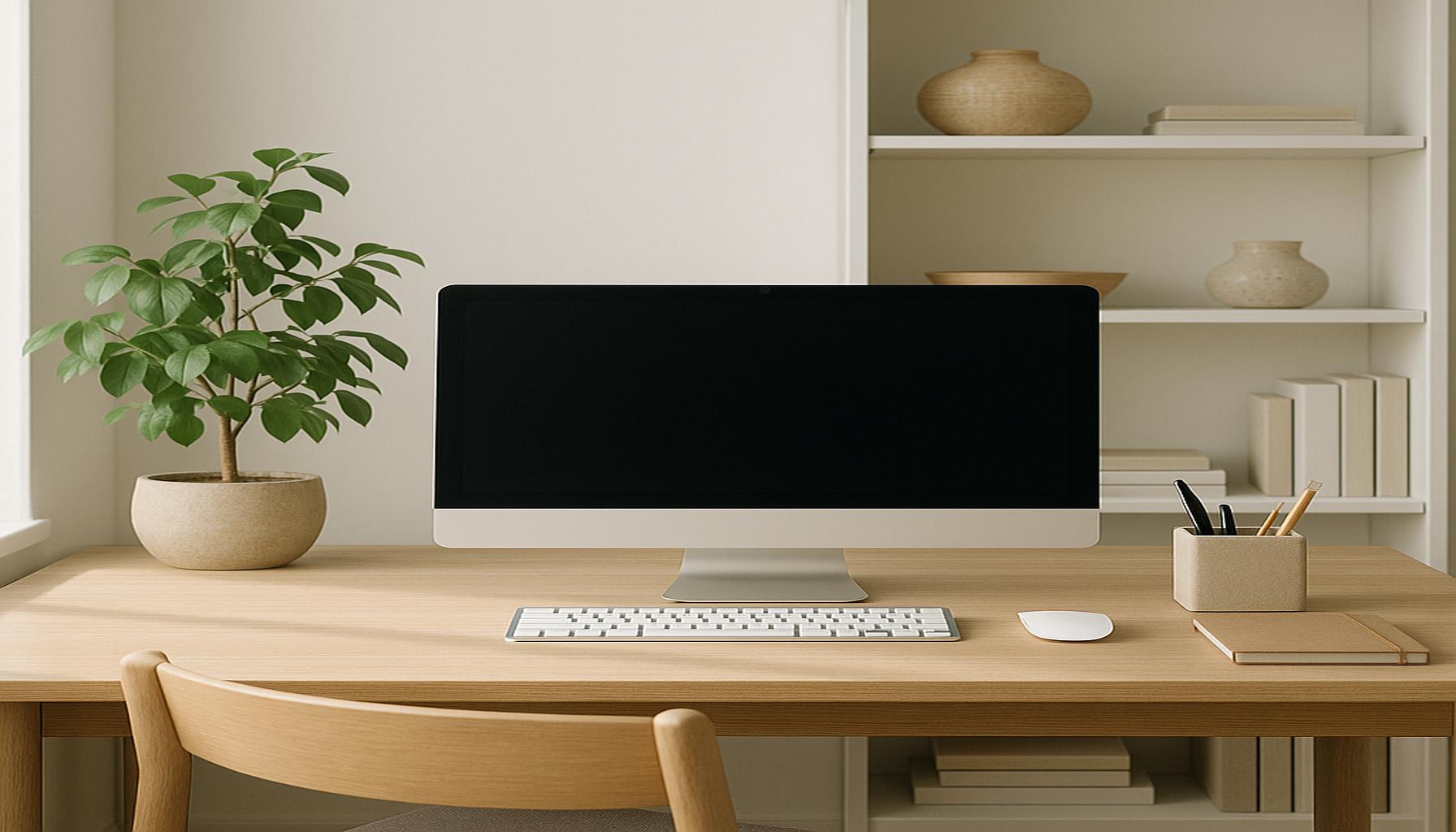
Creating a Harmonious Environment
In today’s fast-paced world, creating functional and pleasant spaces in our homes and workplaces is more essential than ever. Clarity in organization not only enhances our productivity but also uplifts our mood and overall well-being. Embracing minimalist strategies can be the key to achieving a harmonious environment, transforming chaos into serenity.
The Essence of Minimalism
Minimalism is more than just a design trend; it is a lifestyle that emphasizes simplicity and the removal of excess clutter. This philosophy extends beyond aesthetics; it promotes mental clarity and emotional stability. Acknowledging the importance of a calm space is crucial, especially for those juggling busy schedules and demanding responsibilities.
Benefits of Minimalist Organization
Adopting minimalist organization can yield numerous benefits that significantly improve daily lives. Consider the following:
- Improved Focus: A decluttered space promotes concentration and reduces distractions, leading to better work performance or higher quality leisure time. Studies have shown that individuals working in organized environments are more productive, as they can allocate more mental energy to their tasks.
- Enhanced Aesthetics: Minimalist designs often lead to visually appealing environments. By prioritizing quality over quantity in decor, spaces can feel more open and inviting. For example, a single statement art piece can create a focal point in a room without overwhelming it with additional items.
- Increased Efficiency: With fewer items to manage, tasks become easier to complete and time is saved. This efficiency can be particularly valuable in workspaces, where having a streamlined setup can reduce the time spent searching for necessary tools or documents.
Strategies for Effective Organization
Implementing effective organization strategies can transform any space into a serene oasis. Here are a few practical approaches to achieve clarity:
- Declutter Regularly: Schedule periodic clean-ups to remove what you no longer need. This might involve a monthly audit of belongings, ensuring that every item serves a purpose or brings joy. Consider donating or recycling items that are in good condition but no longer fit your lifestyle.
- Use Multi-functional Furniture: Invest in furniture that serves multiple purposes to save space. For instance, a sofa bed is ideal for small apartments, offering seating and sleeping solutions without requiring excess room.
- Establish Zones: Create specific areas for distinct activities, such as a reading nook or a dedicated workspace. This zoning approach not only organizes your space but also helps to mentally separate tasks, leading to better focus.
The Path Ahead
By incorporating these minimalist strategies, you can create a delightful and functional atmosphere that supports your lifestyle. Understanding the connection between our environments and our mental well-being might inspire you to delve deeper into personal organization techniques. Explore how embracing minimalism can enrich your life, and soon you may find yourself not just in a clean space, but in a refreshing sanctuary that nurtures peace and productivity.
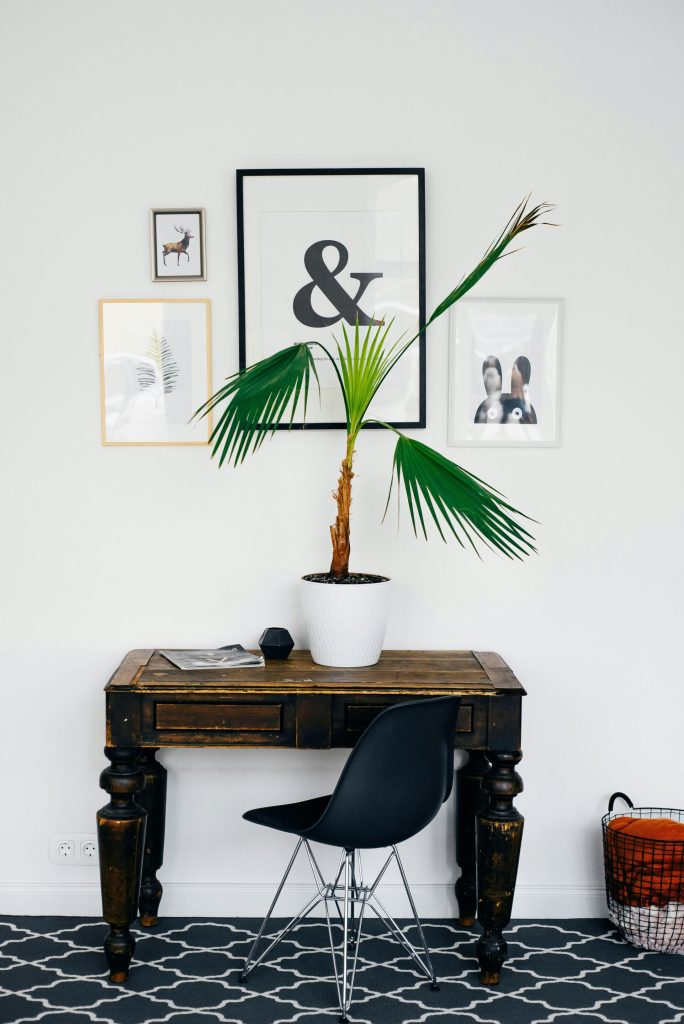
DIVE DEEPER: Click here to simplify your daily routine
Practical Methods to Embrace Minimalism
To effectively embrace the minimalist philosophy and instill clarity in organization, individuals can adopt a variety of practical methods. These methods not only promote a clean aesthetic but also enhance overall functionality. Below are some strategic approaches that anyone can apply, regardless of their starting point.
Start with a Clean Slate
Beginning a minimalist journey often involves a comprehensive decluttering process. Clear out everything that does not contribute to your life or your space. This step can seem daunting, but breaking it down into manageable tasks can make the process smoother. For instance, tackle one room or even one section of a room at a time. Consider utilizing a three-box method: one for items to keep, one for donations, and one for disposal. This technique allows you to make decisive choices about what deserves to remain in your life.
Implement the ‘One In, One Out’ Rule
Maintenance is key to sustaining a minimalist lifestyle. The ‘One In, One Out’ rule can help in managing possessions effectively. Each time you bring a new item into your space, commit to removing one item. This rule encourages thoughtful purchasing decisions, compelling individuals to evaluate the necessity and value of their belongings continually. It fosters a disciplined approach to consumerism, which resonates well with minimalist ideals.
Prioritize Quality Over Quantity
Minimalism teaches that less is often more. Instead of acquiring numerous items that may only serve a function intermittently, focus on obtaining fewer, high-quality pieces. This mindset can extend to furniture, decor, and even clothing. For example, investing in a durable, stylish chair not only enhances comfort but also contributes to an organized appearance in your living space. Similarly, having a well-crafted, versatile wardrobe reduces decision fatigue while optimizing your closet.
Utilize Organizers and Storage Solutions
Smart storage can significantly impact the effectiveness of any organized space. Consider the following storage techniques:
- Vertical Space: Maximize the use of vertical space by using shelves and hooks. This will help keep items accessible while freeing up floor space, contributing to a more open feel in the room.
- Baskets and Bins: Use baskets or storage bins to group similar items together. Labeling them can enhance clarity and accessibility, making it easy to locate frequently used items without diving deep into clutter.
- Hidden Storage: Explore furniture that includes hidden storage options, such as ottomans with internal compartments or coffee tables with drawers. These pieces can maintain a tidy appearance while providing necessary functionality.
Incorporating these minimalist strategies can set the stage for an effective organizational overhaul. By focusing on clarity, you create a functional space that not only facilitates productivity but also fosters tranquility and joy in your everyday life. As you embark on this journey, remember that the goal is to find a balance that aligns with your lifestyle and personal preferences.
| Category | Advantages |
|---|---|
| Space Utilization | Enhances efficiency by organizing items based on need and frequency of use. |
| Aesthetic Appeal | Creates a serene environment, reducing stress and promoting well-being through visual harmony. |
| Functionality | Increases accessibility to essential items, making daily routines smooth and enjoyable. |
| Flexibility | Allows for easy adaptation to changing needs, making spaces more functional over time. |
When considering “Clarity in Organization,” one must also embrace the essence of minimalism. It promotes both clarity and functionality in our surroundings. By implementing minimalist strategies, spaces can become not only more organized but also visually uplifting. It is essential to recognize that a minimalist approach does not equate to a lack of items; rather, it reflects an intentional selection of belongings that resonate with individual lifestyles.Adopting such strategies provides benefits beyond mere aesthetics. In fact, as you declutter, you might find a remarkable sense of freedom and peace settled into your daily life. By maximizing space utilization and ensuring that only the essentials are retained, individuals can achieve a serene functional aesthetic that fosters clarity and productivity. As you ponder your approach to creating your functional and pleasant spaces, consider how these minimalist strategies could ignite a transformative journey in your environment.
DISCOVER MORE: Click here to find out how to create calm spaces
Maximizing Functionality through Minimalist Mindsets
Creating functional and pleasant spaces extends beyond mere decluttering; it also encompasses adopting certain mindsets and behaviors that inherently support minimalism. These adjustments not only streamline environments but also usher in efficiency and joy. Here are several approaches to reinforce clarity in organization through minimalist strategies.
Embrace Multi-Functional Furniture
In today’s fast-paced lifestyle, the demand for multi-functional furniture has surged. Minimalism is not simply about reducing belongings; it can also be about smart design choices. Investing in furniture that serves multiple purposes can dramatically offset clutter. For instance, a sofa bed can accommodate guests while doubling as a comfortable seating option for everyday use. Desks with integrated storage or extendable tables can transform a small space into a versatile environment suitable for work or hosting. These functional pieces underscore the minimalist ethos by merging beauty with utility.
Adopt a Capsule Approach
One of the most effective minimalist strategies is the concept of a capsule wardrobe. This approach encourages individuals to curate a selection of versatile clothing items that can be mixed and matched for various occasions. Typically, a capsule wardrobe includes essential pieces that reflect one’s style while offering maximum wearability, proving that having less can lead to more creativity in personal expression. Fewer choices not only simplify daily routines but also provide peace of mind, minimizing the overwhelming feeling often associated with overflowing closets.
Be Intentional with Decor
Decor forms a crucial part of any space, and when approached with intention, it enhances both aesthetics and function. Rather than cluttering walls with multiple pieces of art, consider showcasing a few impactful pieces that truly resonate with your aesthetic and emotional landscape. This practice not only creates visual harmony but also allows individuals to cultivate a deeper connection with the spaces they inhabit. Adding plants, which offer both decorative and air-purifying benefits, further emphasizes the minimalist goal of harmonizing beauty and utility within a living environment.
Establish Designated Spaces
Clarity in organization flourishes when each item has a predetermined place. Establishing designated areas for frequently used items minimizes the time spent searching for belongings. For instance, creating a specific ‘landing zone’ for keys, mail, and daily essentials near the entryway reduces chaos upon entering your home. Drawers or containers in kitchens can be labeled for utensils, dishware, or pantry items, optimizing efficiency during meal prep and eliminating the frustration of rummaging through clutter.
Digital Declutter for a Holistic Approach
While physical decluttering is crucial, it’s equally important to consider a digital declutter. Digital clutter can overwhelm, distract, and even drain your energy. Begin by organizing files into folders, deleting what is no longer needed, and unsubscribing from emails that clutter your inbox. Use cloud storage to manage important documents while freeing up physical space. Investing time into creating a streamlined digital environment fosters clarity and cohesiveness not only in your physical space but in your mental space as well.
Implementing these strategies will significantly contribute to enhancing both functionality and aesthetics in your spaces. Incorporating intentional habits that align with a minimalist ethos will pave the way for an organized environment that cultivates calmness and focus, thus enriching your overall well-being. As you explore these methods, consider personalization to align with your unique lifestyle, ensuring that clarity in organization becomes second nature.
DISCOVER MORE: Click here to enhance your focus
Conclusion: The Journey Toward a Harmonious Space
In our quest for clarity in organization, embracing minimalist strategies proves to be a transformative endeavor, positively impacting both our physical surroundings and mental well-being. This journey allows us to assess not only what we own but also how we interact with the spaces we inhabit. By incorporating multi-functional furniture, adopting a capsule wardrobe, and being intentional with decor, we create environments that prioritize functionality without sacrificing aesthetics.
The establishment of designated spaces plays an essential role in reducing chaos, helping us to locate our belongings quickly and efficiently. Likewise, a comprehensive approach to digital decluttering ensures that our online lives align with our minimalist goals, further enhancing our productivity and focus. As we refine these practices, we cultivate an atmosphere that fosters clarity, calmness, and creativity.
Ultimately, minimalism encourages us to slow down and evaluate our possessions and spaces critically. In doing so, we realize that less can often lead to more—more peace, more inspiration, and more room for living authentically. So, as you explore these minimalist strategies, remember to personalize and adapt them in ways that resonate with your unique lifestyle. With each small step, you pave the way to a more organized, functional, and pleasant space, nurturing both your environment and your spirit.
